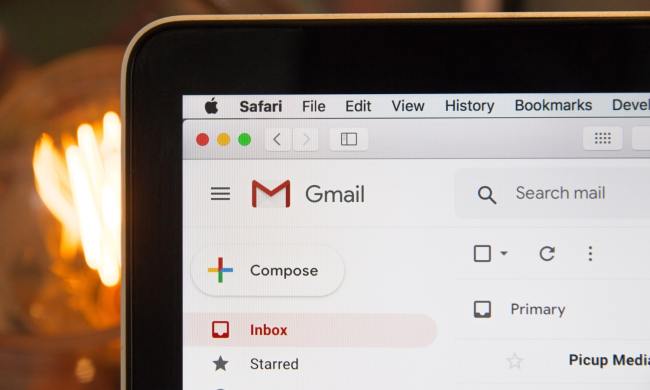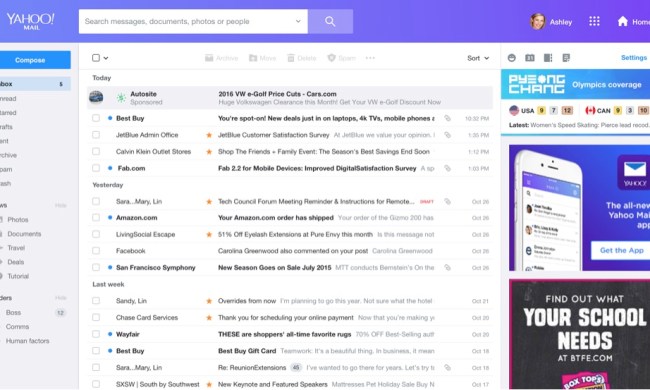TikTok user @neutral_m1lf_hotel carries pepper spray and a taser in her purse when she makes DoorDash deliveries at night in Denver, while @kzumpp finds joy in handing UberEats orders off to red-eyed customers. Drew Gunby, an Uber driver, has frequently gone viral on the app for sharing stories of strange rides he’s given, or the time he was pulled over by the police.
@neutral_m1lf_hotel Reply to @katiekitty261
Thanks to accounts like these, which document the horrors, joys, and sheer boredom of what working for a Big Tech platform can actually entail, the veil of mystery surrounding gig economy work has largely been lifted.
For years, companies like Uber, Caviar, Instacart, and Postmates have tried to keep a lid on the negative tales of low-paying gig work and worsening labor conditions associated with their businesses.
But now, as unemployment rises due to the coronavirus pandemic, members of Generation Z and Millennials are taking part in the gig economy more than ever — while also harnessing the viral power of TikTok to share their stories in a show of force too great for any press release to be able to refute.
“One of the real upsides of the internet is that it gives regular people a platform to convey their stories, their realities, but then also to connect to others with the potential for worker organizing,” said Erin Hatton, author and professor of sociology at the University at Buffalo. “Online spaces provide space for that, especially for jobs like gig work, where there is no physical space these workers share.”
‘I had to share it’
With nearly 350,000 followers, Gunby, who drives for Uber in Dallas has turned his daily job into a series of entertaining, and hilarious, videos. On November 14, he posted a “story time”-style video recapping one of his more bizarre rides.
@drewgunby most rides go smoothly but i HAVE to document the ones that don’t lol #fyp #foru #uberdriver
He picked up a woman, and the vibe was immediately off. They chatted until the woman said Gunby, 23, reminded her of her ex-husband, who was very talkative — but she said it in a way that was not so nice, and included expletives. The video went viral, garnering over 2 million views.
“I think I was so shocked about what came out of her mouth, I had to share it,” Gunby said. “I thought: ‘The world needs to hear this! If I had to go through it, you need to go through it, too.’”
Gunby is one of a handful of gig workers who use TikTok to share a behind-the-scenes peek at their jobs. His posts about Uber have generally gained him a larger number of views than the other content he posts.
The same goes for Amanda Campbell, 20, an Instacart shopper who lives in Nashville, Tennessee. The very first TikTok she posted about her gig work quickly racked up views.
“I was going to Costco for the first time, so I was more excited to share my Costco experience than anything else,” Campbell said.
@amandaleighlc InstaCart it up with me!! #MyHaul #BRIDGERTON #instacart #instacartshoppers #groceryshopping #asmrtiktoks #sidehustles #foryoupage #foryou #fyp
The video received more engagement than any other clip she’s posted — with over 92,000 views and 22,000 likes. She was overwhelmed by the big response, and because of the video’s success, decided to incorporate more of her Instacart shopping into her content. In the days after she posted her first Instacart TikTok, users commented and tagged her in posts saying that because of her, they had also signed up to be shoppers.
“I feel like the positive response comes from the typical negative connotation surrounding gig work,” she said. “Some people feel embarrassed to talk about their side hustle. There are a lot of people who look down on those positions, and if I am able to inspire one person to make a little extra money, then that makes it all worth it.”
Both Gunby and Campbell have benefited from sharing their gig work on TikTok — growing a bigger audience across their platforms, using it as a source of content, and also finding a community of other gig workers on the app.
“From time to time, I feel the societal pressures of getting a job, but honestly, now I don’t care,” Gunby said. “I think there shouldn’t be any stigma for gig workers, those people who are saying gig work is bad aren’t with the way. The future is gig work.”
Changing the narrative
What makes TikTok different from other social media platforms like Facebook and Twitter is its coveted For You Page, which tailors a person’s feed to their interests. Getting on the For You page is like striking gold — and gig workers have managed to do so time and time again, alongside some of the app’s largest influencers.
This means stories of gig work (the good, the bad, and the ugly) can be disseminated far and wide, raw and unfiltered, abounding with gripes, to audiences all over the world. This is obviously problematic for those platforms looking to control public image. Big Tech companies tend to be tight-lipped on labor complaints, and in the past have cast doubt on worker stories, waiting only until there’s an outcry to address problems.
The most recent example of Big Tech shifting the narrative of worker conditions is California’s Proposition 22. In November, the proposition narrowly passed, allowing platforms like Lyft and Uber to continue designating their drivers as independent contractors, and not employees. The companies used their apps to display pop-up messages in support of the proposition, and also spent $200 million on advertising. This ultimately drowned out the grassroots campaign led by labor advocates and drivers themselves, who are now suing to have it overturned.
“Companies have been controlling what gets said through press releases, statements, and advertisements. Workers don’t have that megaphone, they don’t have the big bucks,” Hatton said. “But what they do have access to is TikTok, Twitter, and so on. So they can really start to change the narrative, and we’ve seen them doing it.”
Gig work equals ‘good content’
Campbell knows she won’t be shopping for Instacart forever. But as she works her way through college, she’s been able to find meaning in her work. She enjoys driving in her car and delivering goods to people who otherwise wouldn’t be able to access the grocery store.
“The pandemic was a big reason why I signed up so quickly,” she said. “I found it to be a chance for stability and because I saw it as an essential service, so I just jumped on the opportunity.”
And she’s been able to get some good content out of it, too. She’s continued making vlogs on both her TikTok and YouTube accounts about Instacart, offering tips to other shoppers, and wants to continue to grow her social media channels.
As for Gunby, he hopes Uber will compensate drivers better because he currently doesn’t see it as a sustainable, long-term way to earn a living. But he plans to use the silly things from his everyday life as a driver as entertainment for his growing audience — like the time he got pulled over because his license plate light was out and the police officer mistook him for yet another viral Uber driver on TikTok.
“I just thought that experience was perfect,” he said. “It was unfortunate for me, and even though things can be unfortunate, they can make good content. And that makes me happy.”



